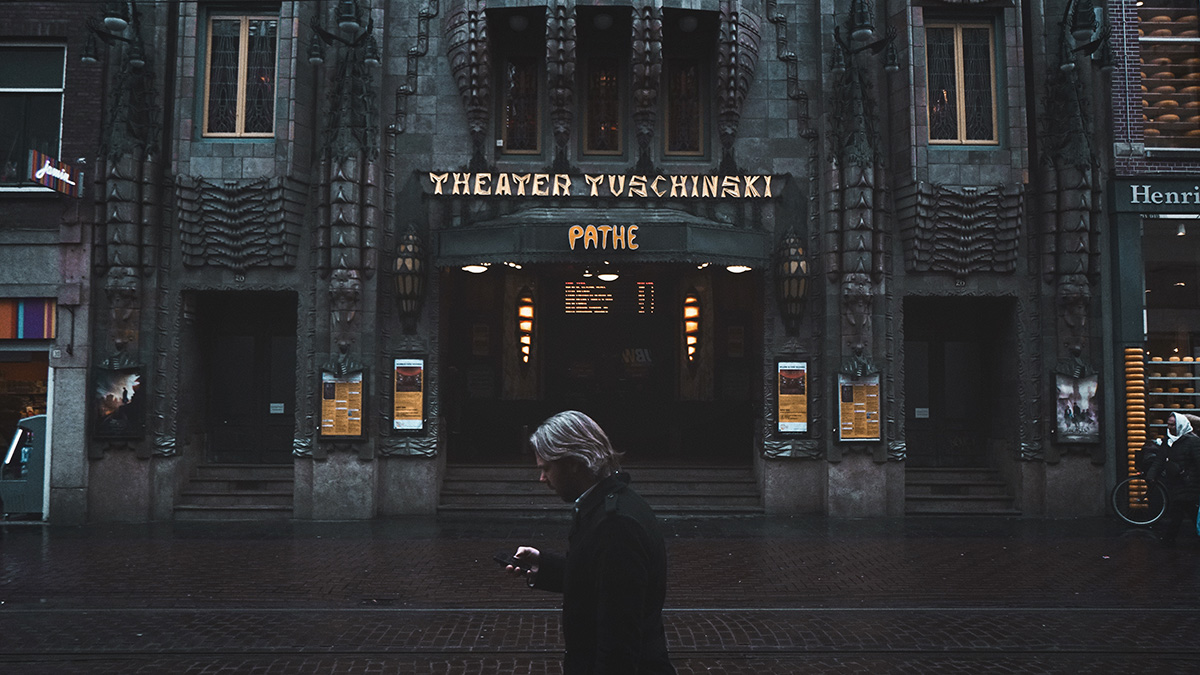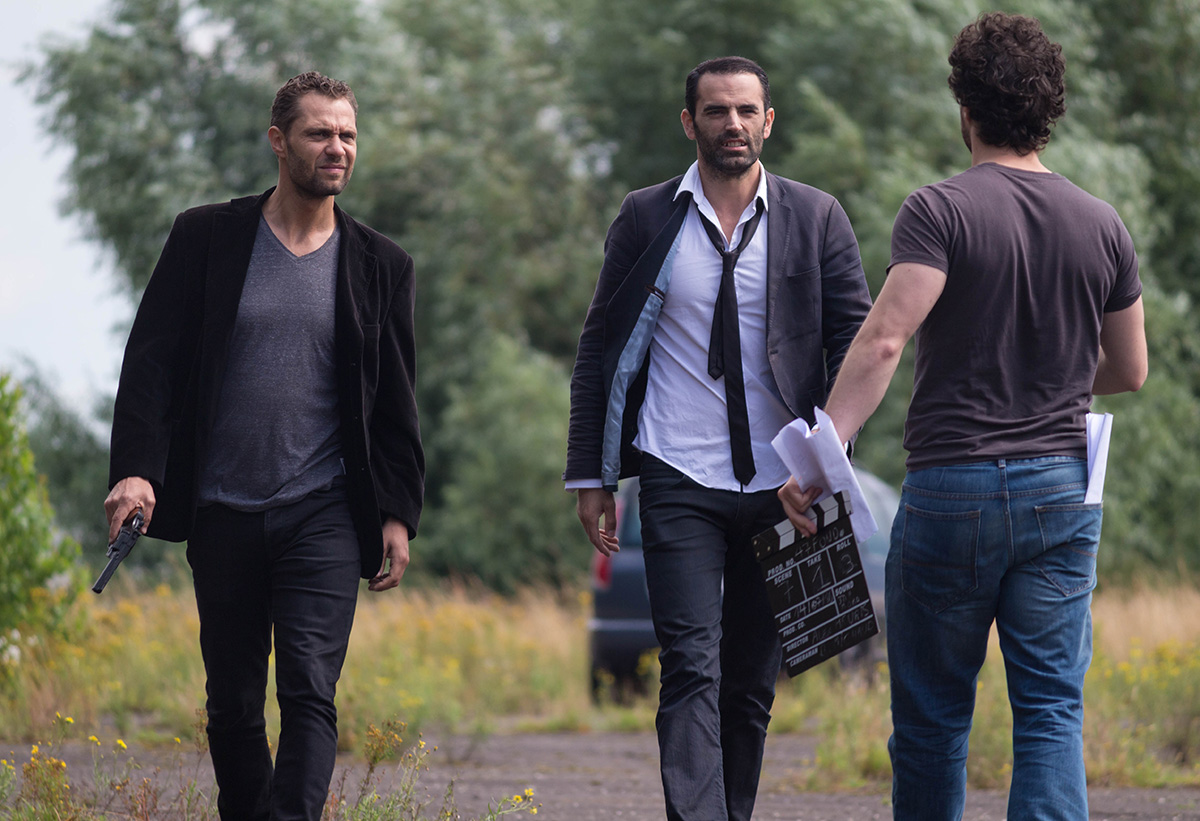
How to Get Your Movie Into a Film Festival – Part I
Or, what I learnt watching 891 short films in 43 days.
My name is Ryushi and I’m the Administrative Assistant here at English Language Film School Japan. I handle a lot of the day-to-day mundanities of running the school; browsing social media, searching for content to recommend, then browsing social media some more…
Before this, I did a brief stint at a large international film festival, screening submissions. My job involved watching submitted short films all day and rating them out of 10 across a number of categories. The good ones would get recommended to the programmers, the mediocre and the bad, would be discarded. The dream job: I was literally paid to watch films all day. A real-world application for my degree in Film Studies!
I do believe that it’s a huge achievement to finish any creative project, and I must applaud all those who see their shorts through to the end, braving rejection to submit to festivals worldwide. Nevertheless, I noticed some patterns which were turning me off the films I screened, patterns that I consider it, as a filmmaker, crucial to be aware of. When approximately only one out of every 100 shorts can be selected for programming, it really pays off to try increase your odds by any means necessary.
Here is part one of my advice for making festival screeners and programmers happy, or rather, how to avoid pissing them off, in lovely, listicle format.
The Tips
1. Make It Half the Length

When I was watching 15-25 shorts a day, anything over 15 minutes felt like a real slog. I was far more receptive to the ones that managed to tell their story in 10 minutes, especially after lunch when mid-afternoon sleepiness was beginning to set in.
2. Read the Rules

We were disqualifying a lot of films every day on the basis that they hadn’t read the rules (runtime, subtitles, premiere status etc). Why waste your time and money on a festival submission that will be instantly disqualified?
3. Make it Formally Interesting

Form does equal content, and I’m always looking out for films that utilise the language and theory of film to convey their story or message. I’d guess somewhere around 20 percent of films I screened were technically solid, but when I could only submit 5 of the 140 films I watched a week to the next round, solid doesn’t cut it. Once, I recommended a short that used a non-linear structure and mixed media including uncomfortable, surreal animation to portray the male anti-hero as grotesque. It had a fairly basic story (couple must decide whether to break up) but it used an inventive form that carries meaning in itself, elevating it to the next level.
4. Actors

On that note, make sure you cast well. The above short had fantastic actors who made me feel uncomfortable to be watching them be utterly despicable to each other. This doesn’t mean that you can’t have stylised performances – I’m absolutely in favour of Brechtian anti-naturalist performance if it’s there for a reason.
5. Don’t Be Clever

I beg you not to attempt to be arch, postmodern, and ironic. You’re not Tarantino and if you’re doing it for the sake of doing it, it’s utterly exasperating to watch. Authenticity of vision is important, and if your film treats its audience with disdain, they will return that sentiment. It suggests a lack of confidence in the material, as if you are preemptively and purposefully undermining the content before anyone else can, which will ultimately work against you as the viewer loses faith in your vision.
6. Clichés

Avoid making films about tortured artists, grief, depression, suicide, or schizophrenia. Not only are these pretty serious subjects that need handling with care and subtlety, from a story perspective there’s often little in the way of goals and conflict, which means we’re unfortunately falling asleep. When films on these themes make up a titanic portion of submissions, there’s every chance that the subject has been done every possible way.
7. Voiceover and Montage

Montages of an actor walking through a forest/field/mountain landscape accompanied by a poetic voiceover about ‘identity’ are not deep or meaningful, unless your name is Terrence Malick. Despite (un)popular opinion, running through a field of wheat is not exciting. However beautiful the images, if there’s nothing in the way of story, drama, or message, why would we watch it? I acknowledge that it can be done well, but you really have to ask yourself what original vision you bring. Like the previous category, the world is flooded with shorts like this, so don’t do it unless you are positive you have something fresh to offer.
8. Genre

If you want to stand out, make genre films. When the majority of shorts submitted were dramas, the few horrors did grab my attention, no matter how bad. I encountered a scarcity of thrillers, but the slow burns that I did get to see had me totally absorbed.
9. Start With a Bang

Many festivals have a tickbox for whether the film grabbed the viewer in the first 30 seconds. That’s how long you have to impress. While we will watch your film all the way to the end, if the film buffs screening your film aren’t engrossed from the get-go, what are the odds of the average audience immersing themselves in your world?
10. End With a Bang

Or at least, make sure your ending is solid. I screened many films that were absolutely fantastic until the climax, at which point I was hugely let down because the filmmakers couldn’t come up with a way of getting their characters out of the situation. Your characters have to drive the action; let them be agents and fix their problems themselves.
Afterthoughts
Read: Part 2 of How to Get Your Film Into Festivals
But before you do, here’s a short film I thoroughly recommend:
Thunder Road (Jim Cummings, 2016) won awards across the festival circuit, including at Sundance and SXSW. It launched Cummings’ filmmaking career, has been hailed as one of the best shorts ever made, and is now being adapted into a feature film.

One thought on “How to Get Your Movie Into a Film Festival – Part I”